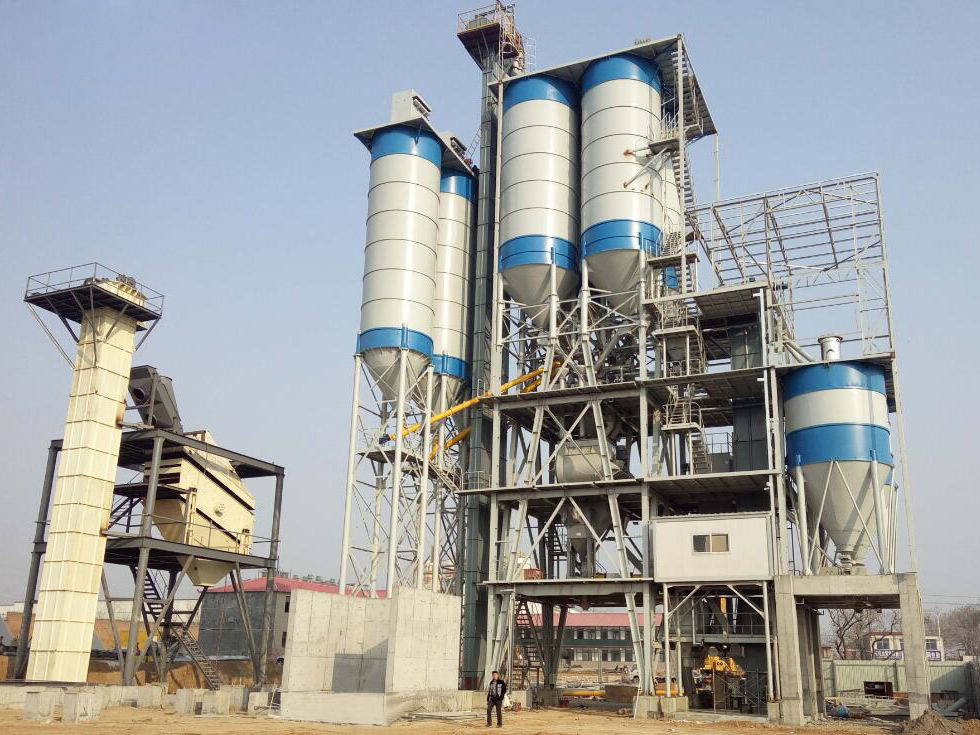Function and Conveying Efficiency of Concrete Screw Conveyor in Concrete Mixing Plant
Saturday November-19 2022 16:05:23
Concrete screw conveyor is one of the important material conveying equipment in the production link of concrete mixing plant and stabilized soil mixing plant. It is a bridge connecting upstream and downstream processing equipment. For commercial concrete mixing plants with high output demand, concrete screw conveyor The conveying efficiency is closely related to the output of concrete.

Concrete screw conveyors can be used to transport cement raw materials, cement or wet concrete in concrete mixing plants. They are mostly used for the joint transportation of two or more concrete screw conveyors. design.
Or according to the height of raw material, clinker and lower end equipment, a large inclination angle design is carried out.
Usually, the length of a single conveyor of a concrete screw conveyor can reach 60 meters, and multiple conveyors can be connected and used. It is suitable for conveying various granular, powdery, and slurry cement raw materials with a loose density of 0.5t/m3~2.5t/m3. Clinker and mix.

How to ensure the conveying efficiency of concrete screw conveyor
1. According to the production demand of the concrete mixing plant, select the concrete conveyor with the appropriate power to avoid the decline in the conveying efficiency caused by insufficient rolling rate;
2. Reasonably design the blade spacing of the concrete screw conveyor according to the density of the concrete. If the spacing is too large, the sliding material will not flow, and if the spacing is too small, it will easily cause slow discharge and blockage, so please provide your material density before design;
3. Avoid excessive inclination angles. 45° is the obvious watershed for the conveying volume of concrete screw conveyors. Excessive inclination angles above 45° will cause problems such as reduced feeding volume and difficulty in feeding materials. The best inclination angle is below 30°;
4. Clean up the concrete accumulated inside the casing in time, otherwise the conveying capacity will be greatly reduced, and in serious cases, it will be blocked or cause damage to the concrete conveyor.

